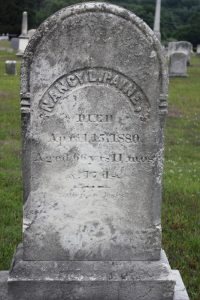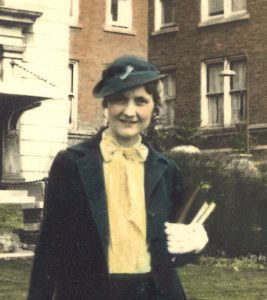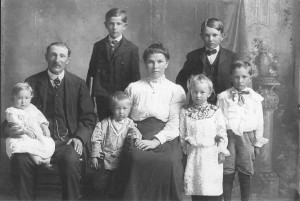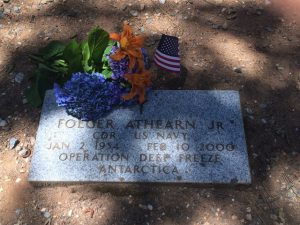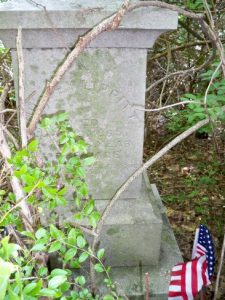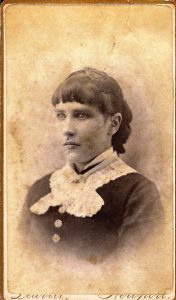 With the genealogy that I’ve completed so far on my family, I have found that I am French – so French! I have one great-grandparent from Roscommon, Ireland, but the rest of my family, as far back as I can research, is French. My maternal family originated in Meaux, France, while my paternal family came from Paris. Both sides emigrated to Quebec, Canada in the mid-1600s among the early settlers of New France.
With the genealogy that I’ve completed so far on my family, I have found that I am French – so French! I have one great-grandparent from Roscommon, Ireland, but the rest of my family, as far back as I can research, is French. My maternal family originated in Meaux, France, while my paternal family came from Paris. Both sides emigrated to Quebec, Canada in the mid-1600s among the early settlers of New France.
As someone who has researched the history of the Mayflower passengers for her job, I am familiar with the excitement and honor of being related to an early settler. According to the American-French Genealogical Society website, most people who can trace their ancestry to Canada are descended from one of the 800 women who settled there as part of a program that began in 1663. This program was called “les Filles du Roi,” or “the King’s Daughters.” Continue reading Filles du Roi
